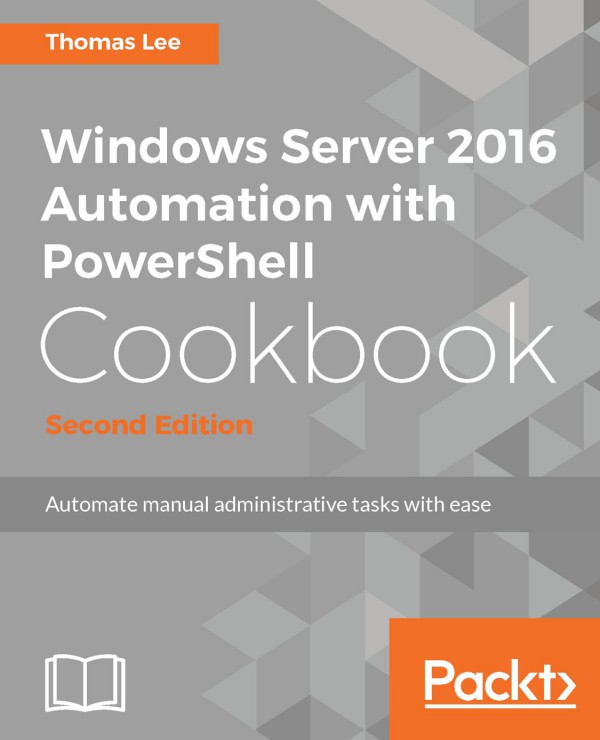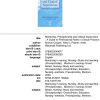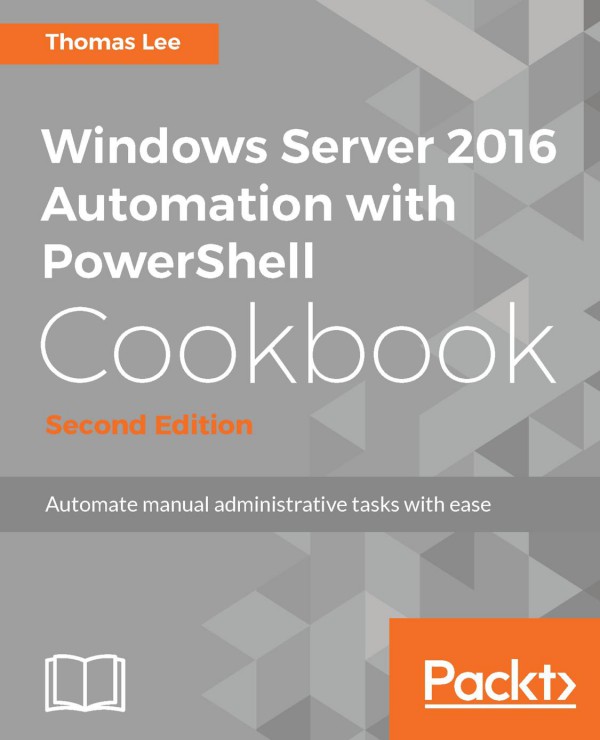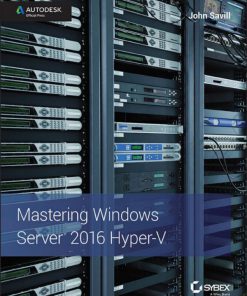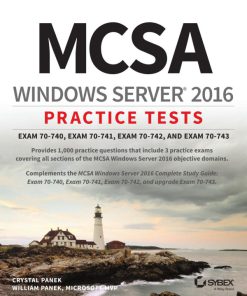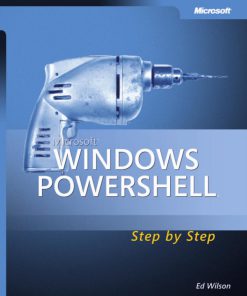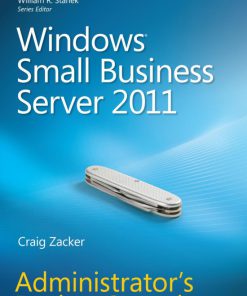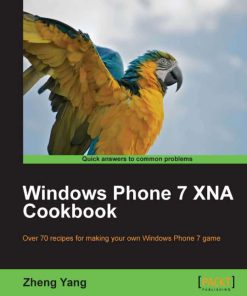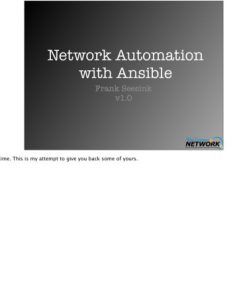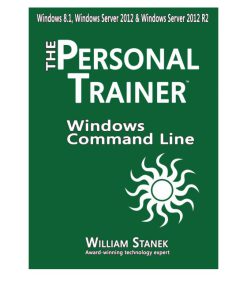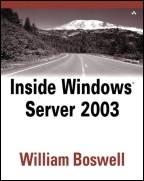Windows Server 2016 Automation With PowerShell Cookbook 1st Edition by Thomas Lee ISBN 9781787122048
Original price was: $50.00.$25.00Current price is: $25.00.
Authors:Thomas Lee , Series:IT & Computer [325] , Tags:Computers; Operating Systems; Windows Server; System Administration; Windows Administration; Programming; Microsoft , Author sort:Lee, Thomas , Ids:Google; 9781787122048 , Languages:Languages:eng , Published:Published:Sep 2017 , Publisher:Packt Publishing , Comments:Comments:Over 100 recipes to help you leverage PowerShell to automate Windows Server 2016 manual tasksAbout This Book* Automate Windows server tasks with the powerful features of the PowerShell Language* Master new features such as DevOps, containers, and Nano servers, and speed up their performance using PowerShell* Improve PowerShell’s usability, and control and manage Windows-based environments by working through inviting recipesWho This Book Is ForIf you are a systems administrator, engineer, or an architect working with Windows Server 2016 and want to automate tasks with PowerShell, then this book is for you. A basic knowledge of PowerShell is expected.What You Will Learn* Streamline routine administration processes* Improve the performance and storage of your Windows server with enhanced large-scale PowerShell scripts* Use DSC to leverage Windows server features* Generate automatic reports that highlight unexpected changes in your environment* Monitor performance and report on system utilization using detailed graphs and analysis* Create and manage a reliable and redundant Hyper-V environment* Manage your enterprise’s patch level* Utilize multiple tools and protocols to manage your environmentIn DetailThis book showcases several ways that Windows administrators can use to automate and streamline their job. You’ll start with the PowerShell and Windows Server fundamentals, where you’ll become well versed with PowerShell and Windows Server features.In the next module, Core Windows Server 2016, you’ll implement Nano Server, manage Windows updates, and implement troubleshooting and server inventories. You’ll then move on to the Networking module, where you’ll manage Windows network services and network shares.The last module covers Azure and DSC, where you will use Azure on PowerShell and DSC to easily maintain Windows servers.Style and approachThis is a practical guide packed with attractive recipes to help you effectively use PowerShell to accelerate your daily administrative tasks with Windows server.

